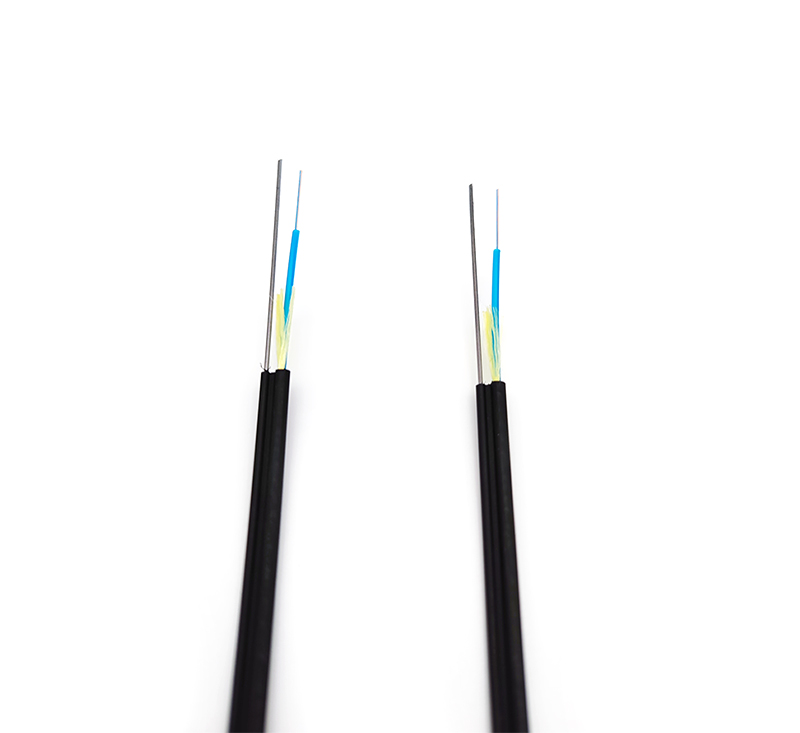When the conductor passes through the operating current, the conductor is heated (except the superconducting), and part of the heat increases the temperature of the conductor, and the other part is due to the temperature that the conductor is higher than the surrounding medium (the temperature of the surrounding medium is temperature, which refers to the air to the air. Temperature) Lost into the surrounding medium. When there is no current in the conductor, the temperature and ambient temperature of the conductor are the same. When the constant current passes, the wire temperature rises. At first, due to the small temperature difference, the heat dissipation was less and the heat absorbed. When the fever and heat dissipation are balanced during time, all the heat is lost. Because the conductor no longer absorbs the heat, the temperature no longer rises, and the temperature at this time reaches stable.
Regarding the determined environmental conditions, the agreed load of the wire depends directly on the temperature promised temperature. The higher the promised temperature, the greater the promised load. However, the wire fever promises that the temperature is restricted by the strength loss after the load of the wire load. Improve or ensure the service life of the wire.











